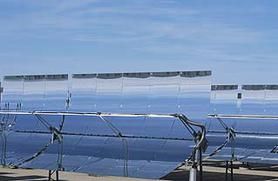Key Takeaways
- Building a solar power generator for under $300 involves purchasing a small solar panel, a deep cycle 12-volt battery, a DC input, an inverter and a battery box.
- This DIY project allows for the powering of small appliances, and it can be a great way to introduce renewable energy into your home, with the possibility of expanding the system for more extensive use.
- The process requires basic electrical knowledge and a few hours of assembly time but offers a rewarding way to generate your own electricity sustainably.
To most of us, solar power still seems like a thing of the future. Yeah, we know some people live off the grid with them, and some folks can afford to line their roofs and heat their pools with them. Not most of us.
But it turns out that you can generate real, usable solar power in your very own home (or wherever), and it'll cost you less than $300. What's the catch? Oh, nothing. You just have to build the generator yourself.
Advertisement
And however am I supposed to do that, you might ask? Well, by following this handy 8 step guide from rain.org, of course.
Get ready for solar power.
Building Your Very Own Solar Power Generator in 8 Easy Steps
From Rain.org
Advertisement
